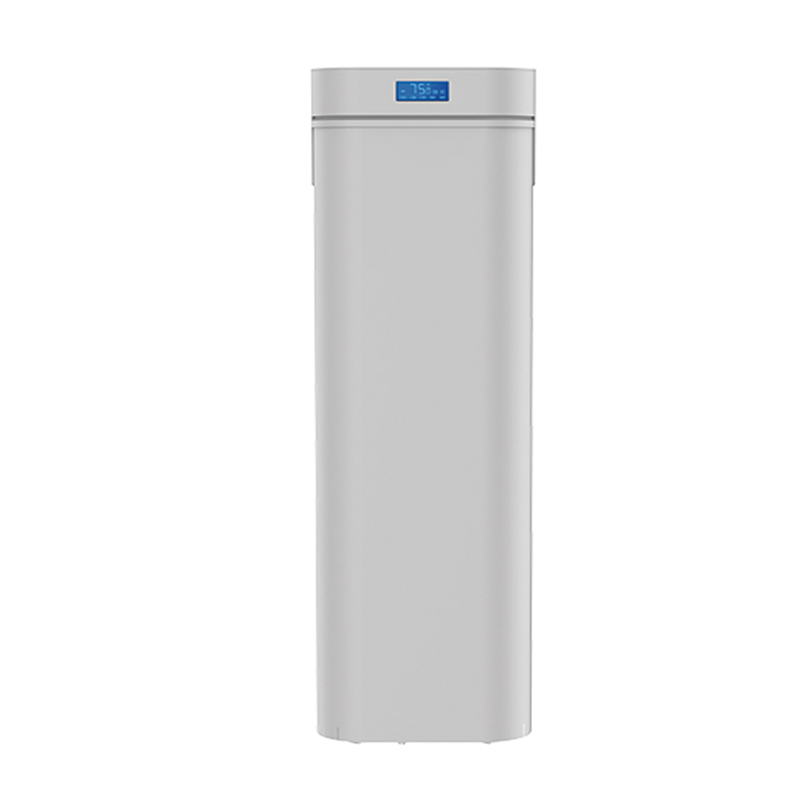It's generally easier to move something than to make something. Putting that principle to use, Heat Pump Water Heaters use electricity to move heat from one place to another instead of generating heat directly.
To understand the concept of heat pumps, imagine a refrigerator working in reverse. While a refrigerator removes heat from an enclosed box and expels that heat to the surrounding air, a Heat Pump Water Heater takes the heat from surrounding air and transfers it to water in an enclosed tank.
During periods of high hot water demand, Heat Pump Water Heaters switch to standard electric resistance heat (hence they are often referred to as “hybrid” hot water heaters) automatically.
How Heat Pump Water Heater Work
Heat pump water heaters use electricity to move heat from one place to another instead of generating heat directly. Therefore, they can be two to three times more energy efficient than conventional electric resistance water heaters. To move the heat, heat pumps work like a refrigerator in reverse.
While a refrigerator pulls heat from inside a box and dumps it into the surrounding room, a stand-alone air-source heat pump water heater pulls heat from the surrounding air and dumps it -- at a higher temperature -- into a tank to heat water. You can purchase a stand-alone heat pump water heating system as an integrated unit with a built-in water storage tank and back-up resistance heating elements. You can also retrofit a heat pump to work with an existing conventional storage water heater.
Heat pump water heaters require installation in locations that remain in the 40º–90ºF (4.4º–32.2ºC) range year-round and provide at least 1,000 cubic feet (28.3 cubic meters) of air space around the water heater. Cool exhaust air can be exhausted to the room or outdoors. Install them in a space with excess heat, such as a furnace room. Heat pump water heaters will not operate efficiently in a cold space. They tend to cool the spaces they are in. You can also install an air-source heat pump system that combines heating, cooling, and water heating. These combination systems pull their heat indoors from the outdoor air in the winter and from the indoor air in the summer. Because they remove heat from the air, any type of air-source heat pump system works more efficiently in a warm climate.
Homeowners primarily install geothermal heat pumps -- which draw heat from the ground during the winter and from the indoor air during the summer -- for heating and cooling their homes. For water heating, you can add a desuperheater to a geothermal heat pump system. A desuperheater is a small, auxiliary heat exchanger that uses superheated gases from the heat pump's compressor to heat water. This hot water then circulates through a pipe to the home's storage water heater tank.
Desuperheaters are also available for tankless or demand-type water heaters. In the summer, the desuperheater uses the excess heat that would otherwise be expelled to the ground. Therefore, when the geothermal heat pump runs frequently during the summer, it can heat all of your water.
During the fall, winter, and spring -- when the desuperheater isn't producing as much excess heat -- you'll need to rely more on your storage or demand water heater to heat the water. Some manufacturers also offer triple-function geothermal heat pump systems, which provide heating, cooling, and hot water. They use a separate heat exchanger to meet all of a household's hot water needs.






